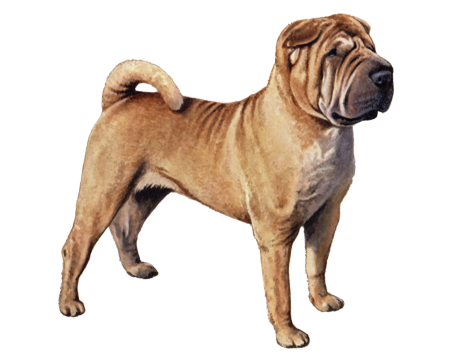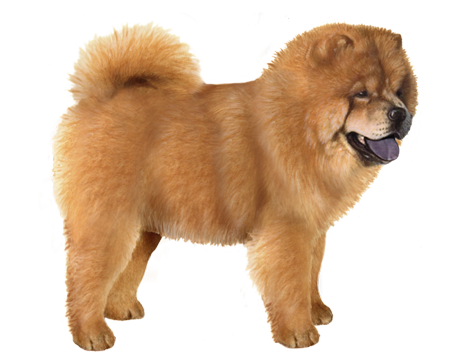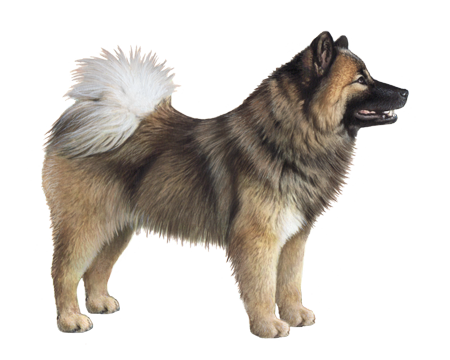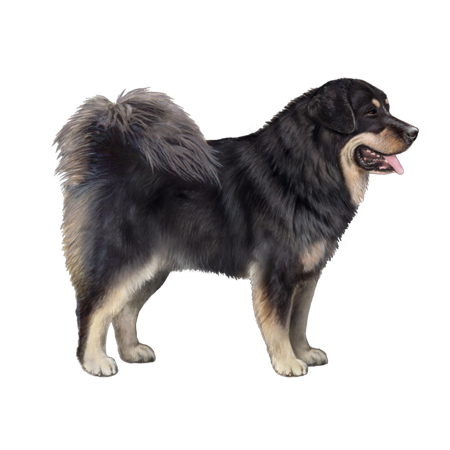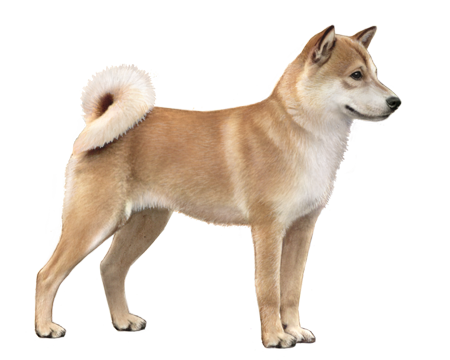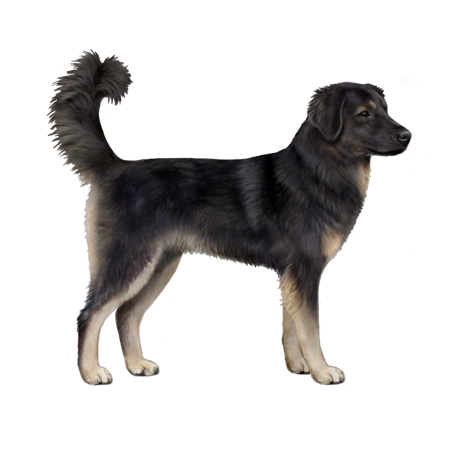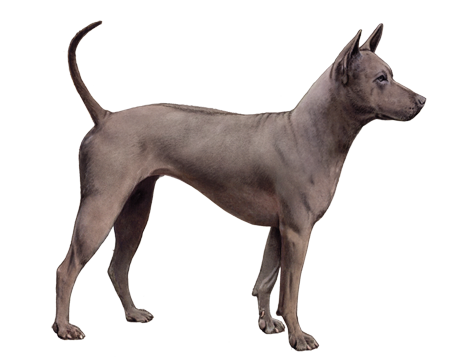
Shandong Xigou
The Shandong Xigou is an athletic breed with a keen sense of smell and natural hunting instincts. These pups also make loyal companions and protective, courageous guard dogs.
Interested in discovering if your dog is a Shandong Xigou?
Check out Wisdom Panel's DNA tests.
Shandong Xigou Traits
General Appearance
The Shandong Xigou is a medium-sized dog with a slender, streamlined body, arched back, and long tail.
Coat and Colouring
Shandongs come in both long-haired and short-haired varieties. Coat colors for both types include blue-grey, white, black, brindle, and red.
Distinctive Physical Traits
Notable traits for this breed include a long, narrow head, slender neck, deep chest, and drop ears.
Shandong Xigou Temperament
Shandongs are clever, alert dogs with strong hunting instincts and incredible endurance. They're very loyal to their people but often suspicious of strangers. Because of their protective nature, they make excellent guard dogs.
Shandong Xigou History
Dating back to the Tang Dynasty (618 to 906 A.D.), these ancient sighthounds have served as dependable hunting dogs for centuries. In fact, the Shandong was the royal hunting dog of Emperor Taizong Li Shimin. In addition to working alongside hunters, this breed excelled at guarding livestock on farms.
The lightning-fast Shandong also inspired the creation of a dog racing center in Guanxian. On the fifth and tenth day of the lunar calendar, people came from neighboring provinces to see these speedy dogs race. Today, the Shandong is a rare breed facing extinction.
Shandong Xigou Care
Nutrition
Shandongs thrive on a high-quality diet formulated for their life stage (e.g., puppy, adult, senior). To help your dog maintain their slender physique, measure portions to avoid overfeeding, and keep an eye on how many treats you're giving them. As a guideline, treats should make up no more than 10% of a pup's daily calories.
Dogs that have deep chests may be more prone to bloat (also known as twisted stomach). To minimize the risk of bloat for your Shandong, break their food up into several meals a day, and use a food bowl designed to slow their eating. Also, avoid feeding immediately before or after vigorous activity. These are just a few ways you can help prevent this life-threatening condition. Consult your veterinarian about other methods, including surgical options.
Grooming
Regular brushing to remove loose fur (and prevent tangles in the long-haired type) will keep the Shandong looking its best. To reduce your pup's chance of ear infections, check their ears regularly and clean them as needed to remove wax build-up and debris.
Nail trims should also be part of every dog's grooming routine. Overly long nails can cause pain and potentially lead to problems running or walking.
Lastly, good dental hygiene will support your dog's overall health. Dental disease is one of the most common health conditions in adult dogs. Left untreated, it can contribute to other serious issues. In addition to professional cleanings, establish an at-home dental care program that includes regular teeth brushing and veterinarian-recommended dental chews.
Exercise
These strong, athletic pups need daily exercise to stay physically and mentally fit. Brisk walks, hikes, and opportunities to run in enclosed areas are great ways for them to release pent-up energy.
Training
Shandongs are obedient dogs and quick learners. Positive, reward-based training methods work well for this breed.
Additionally, all dogs benefit from early socialization. Introducing your pup to different people and environments when they're young will help them develop into a confident, well-mannered adult dog.
Breed Group
Asian and Oceanian
The Asian and Oceanian group is comprised of breeds whose origins lie in Asia, which have spread as far as Australia, the islands of the Pacific, and the Arctic. This group is possibly the most ancient of all breed groups and were bred for a variety of purposes, including guarding, hunting, and as draft dogs.





